Formation and growth of supermassive black holes, the relationship between black holes and galaxies, measuring black hole and galaxy properties throughout the universe, material accretion onto black holes, rapid and efficient accretion, cosmology.
נמצאו 3714 תוצאות

To space researchers
Dr. Iair Arcavi

To space researchers
Prof. Dovi Poznanski

To space researchers
Prof. Sara Beck

To space researchers
Prof. Shay Zucker

To space researchers
Prof. Dina K. Prialnik

To space researchers
Prof. Eran Socher

To space researchers
Prof. Colin Price

To space researchers
Dr. Lev Pustilnik

To space researchers
Dr. Pavel Kishcha

To space researchers









